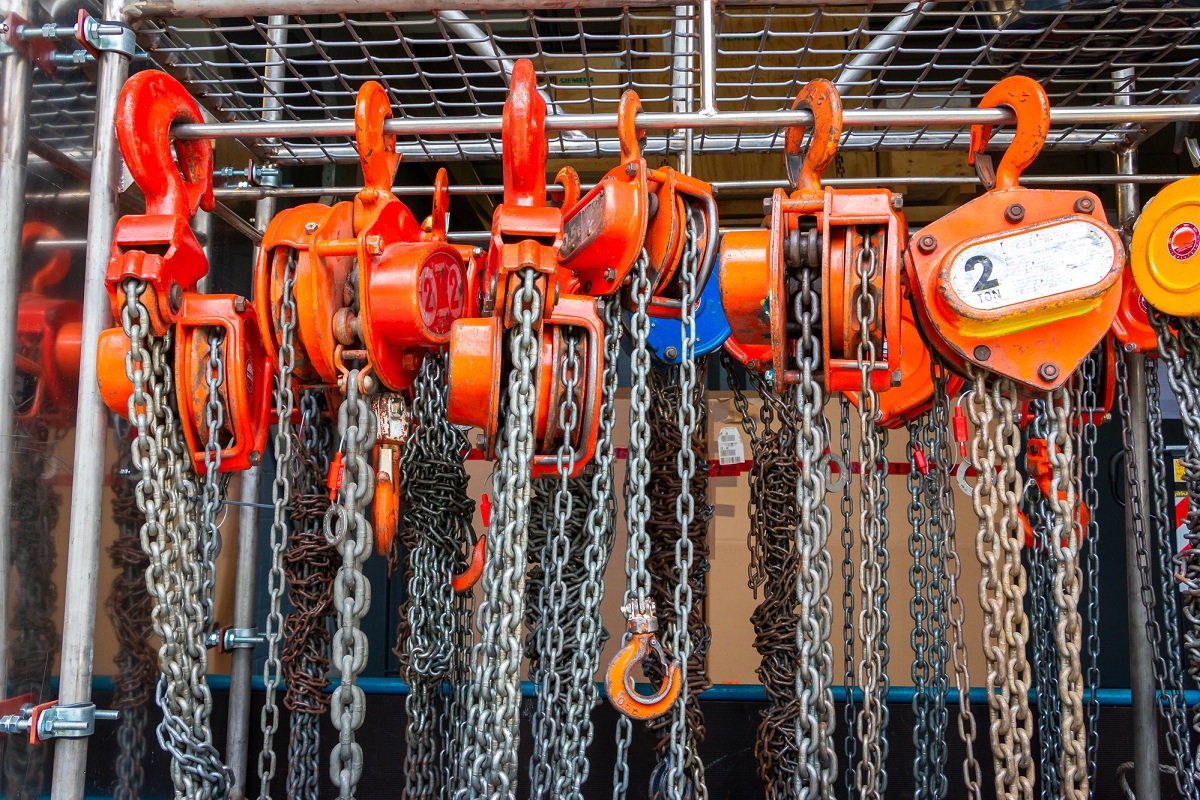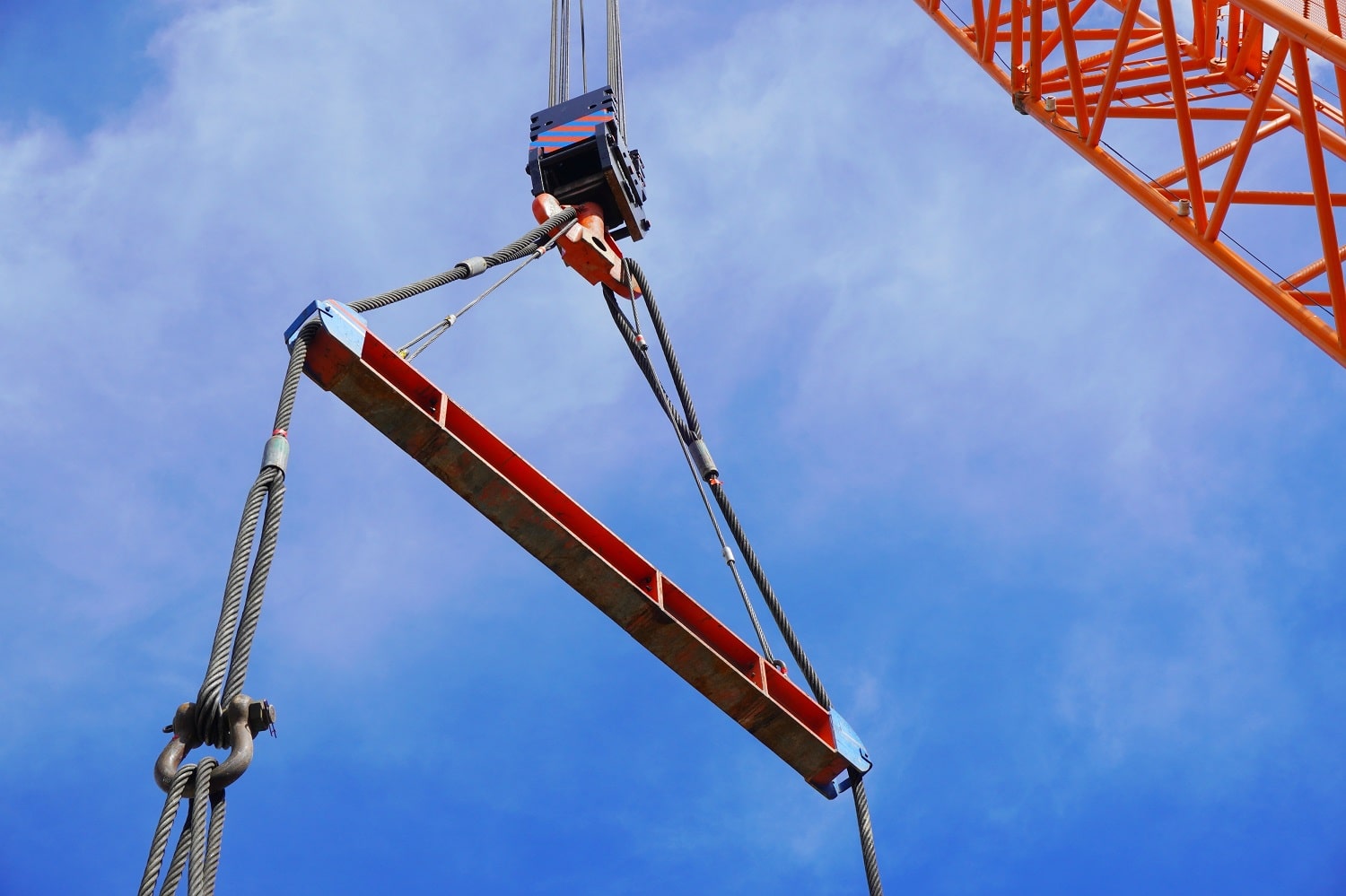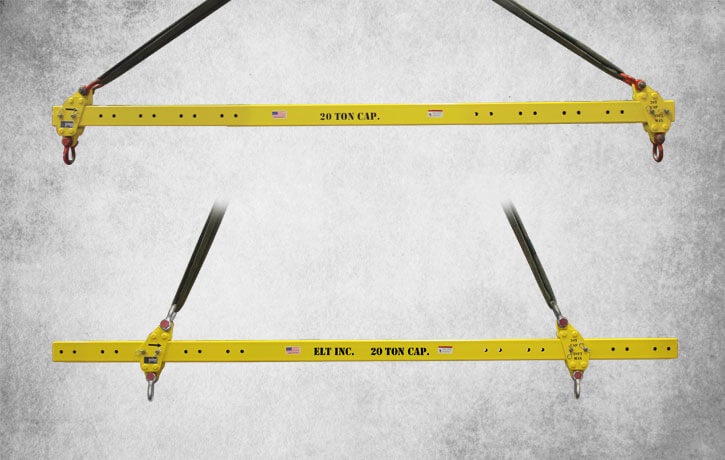Understanding The Different Types Of Lifting Hooks & Sling Hooks Used In Rigging

Lifting and sling hooks are widely used in the rigging industry for handling heavy loads safely and efficiently. Each type of hook is designed for specific applications and considers factors like the weight of the load, the type of load material, the type of sling being used, and the connection to the load. Below we’ll walk through an overview of the various types of lifting and sling hooks used in rigging as well as their most common uses.
- Eye Hooks: Eye hooks utilize chains or fittings welded for a permanent connection to the sling. They offer flexibility in movement and ergonomics for positioning the hook and attaching it to the load. However, a drawback is that if an eye hook gets damaged, the entire sling must be removed from service, as it’s a permanent solution.
- Clevis Hooks: These hooks use a U-shaped clevis fastened with a bolt or pin at the base, making a connection to a chain sling. Clevis hooks are a non-permanent alternative to eye hooks, allowing for easy replacement if damaged.
- Swivel Hooks: Swivel hooks come in two types: Positioning Swivel Hooks, which allow for alignment during connection but don’t rotate under load, and True Swivel Hooks with Bearings, which can freely rotate under load, which prevents twisting.
- Sorting Hooks: These hooks are used for sorting or laying out flat plates, pipes, and tube-shaped objects. They require a 30° to 45° angle for full engagement and are one of the few types not designed to use a latch.
- Foundry Hooks: Common in high-heat applications like foundries, these hooks have a wide deep throat for fitting trunnions and handles on molds or castings. They are typically latch-less and must be used with caution regarding the Working Load Limit, especially during tip loading.
- J-Hooks: J-Hooks are slimmer and lower profile than traditional sling hooks, making them suitable for industrial and manufacturing applications where a larger hook can’t fit. They have a lower Working Load Limit due to less material being used in construction.
- Grab Hooks: Designed with a narrow throat, grab hooks are used for shortening or holding a chain in tie-down applications. There are two types: Standard Grab Hooks, which require a 20% reduction in Working Load Limit when used, and Cradle Grab Hooks, which generally don’t require a reduction in Working Load Limit.
- Drum / Barrel Hooks: Specifically designed for lifting barrels or drums, these hooks have a wide endpoint that goes under the lip of a barrel or drum. They are typically used in multi-leg sling assemblies at angles of 30-45°.
When selecting a hook, it’s important to consider the weight and type of load, the angle of the lift, the connection points on the hook, and the type of sling or shackle connections being used. Each hook type has its specific advantages and limitations, making it crucial to choose the proper one for your application to ensure safety and efficiency. Whether lifting heavy machinery, construction materials, or specialized equipment, the right hook type can make a significant difference in the safety and success of the operation.




